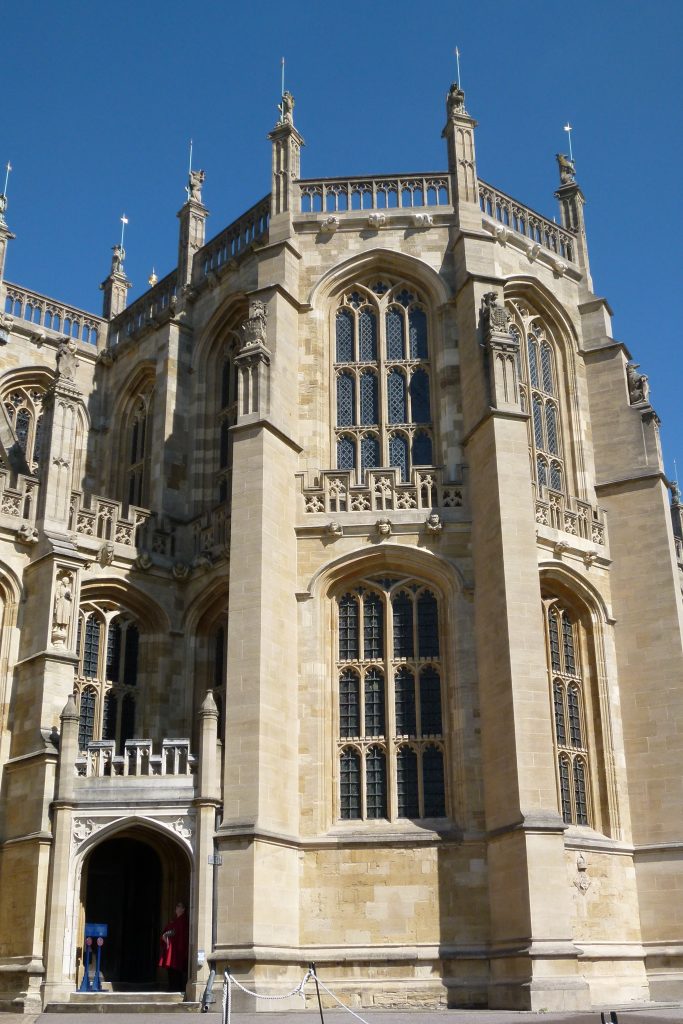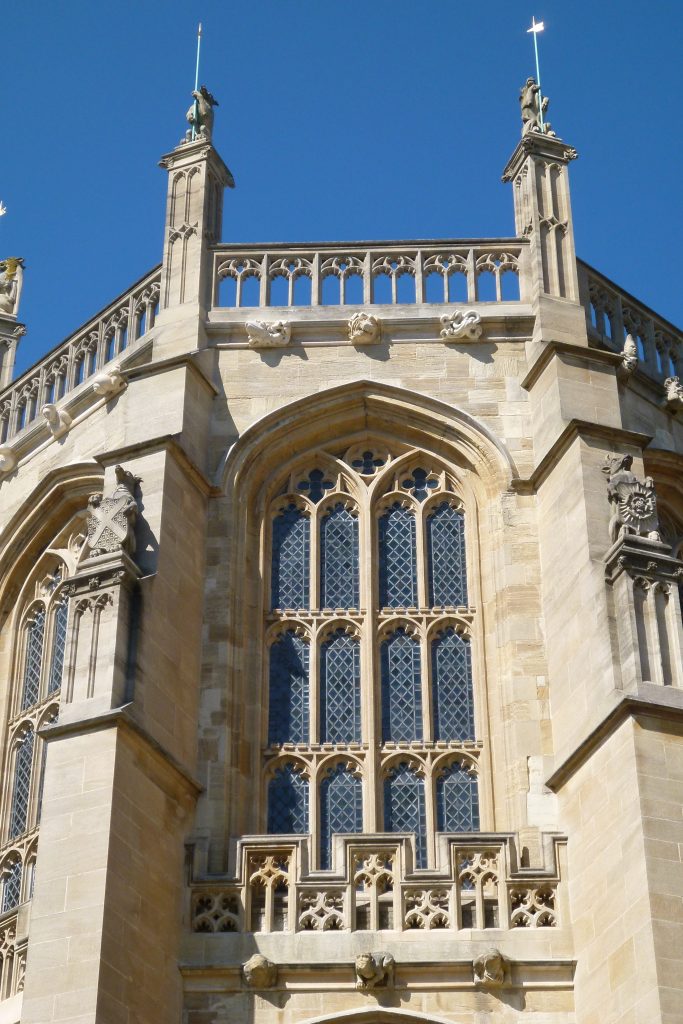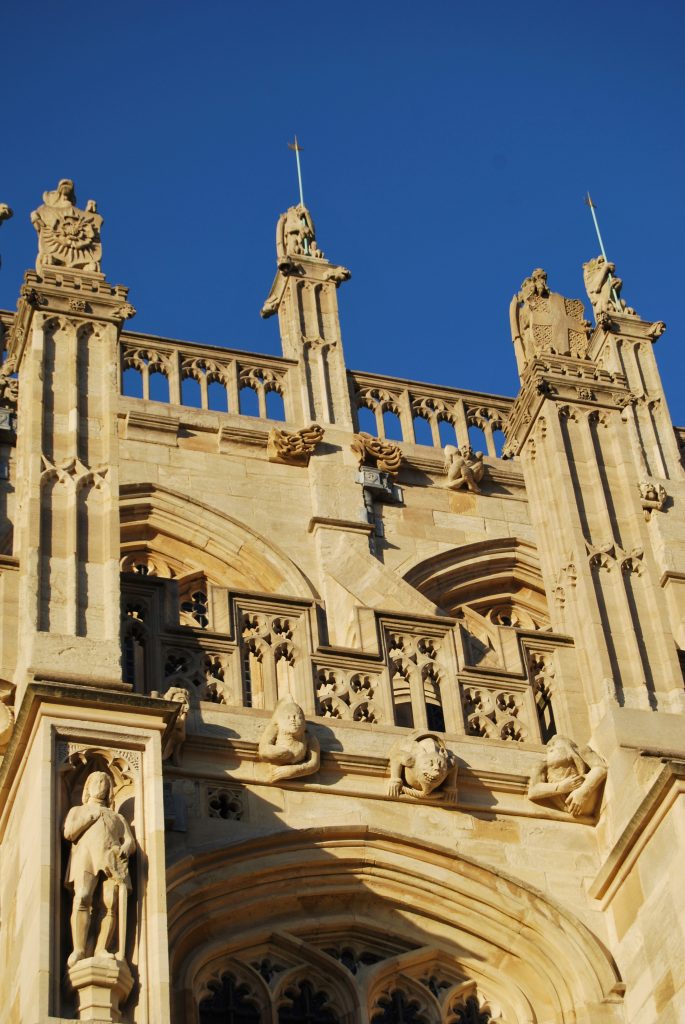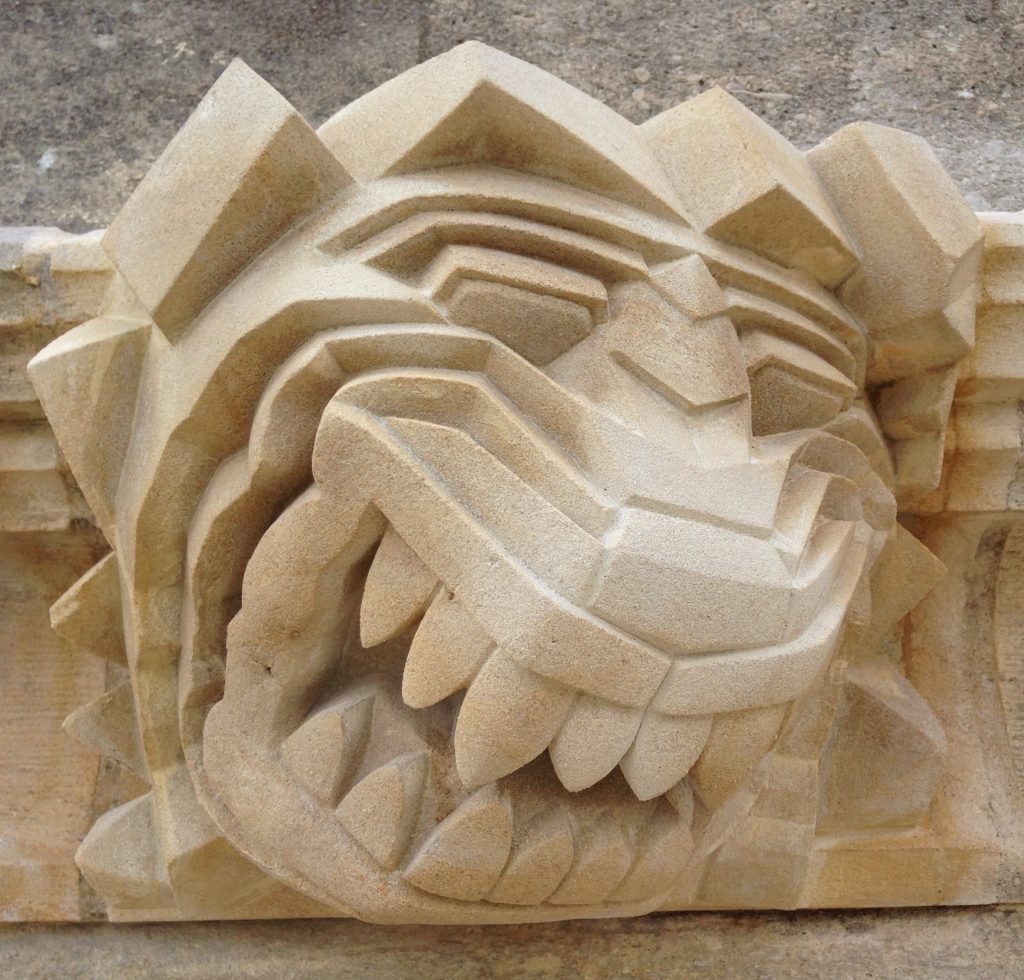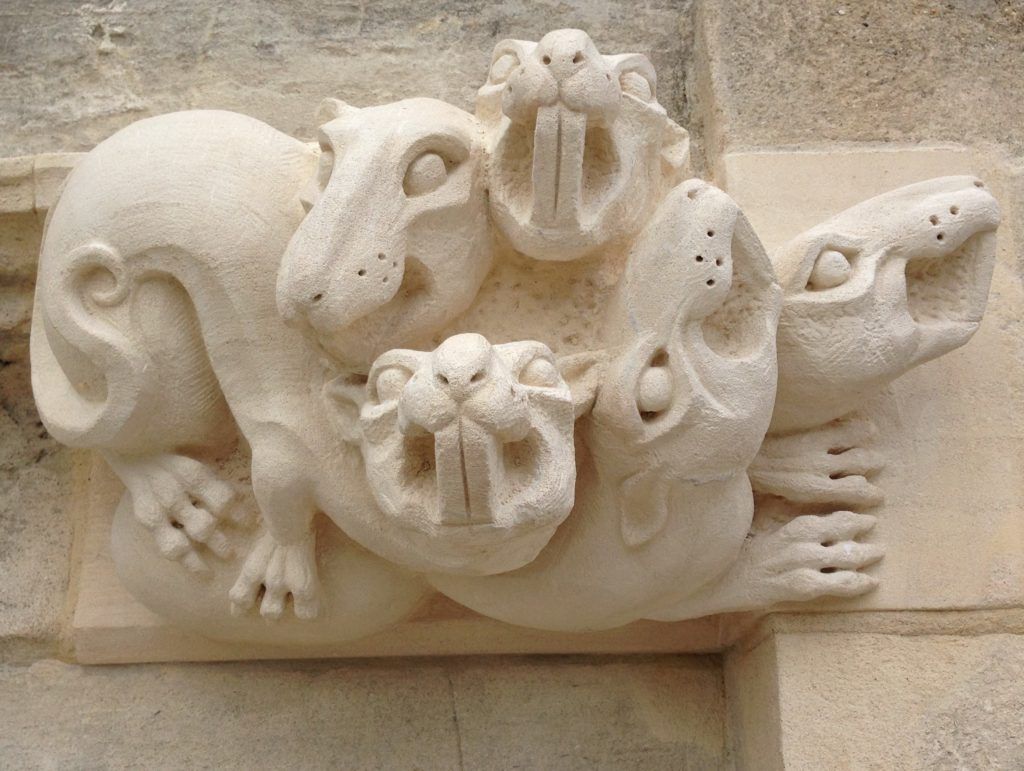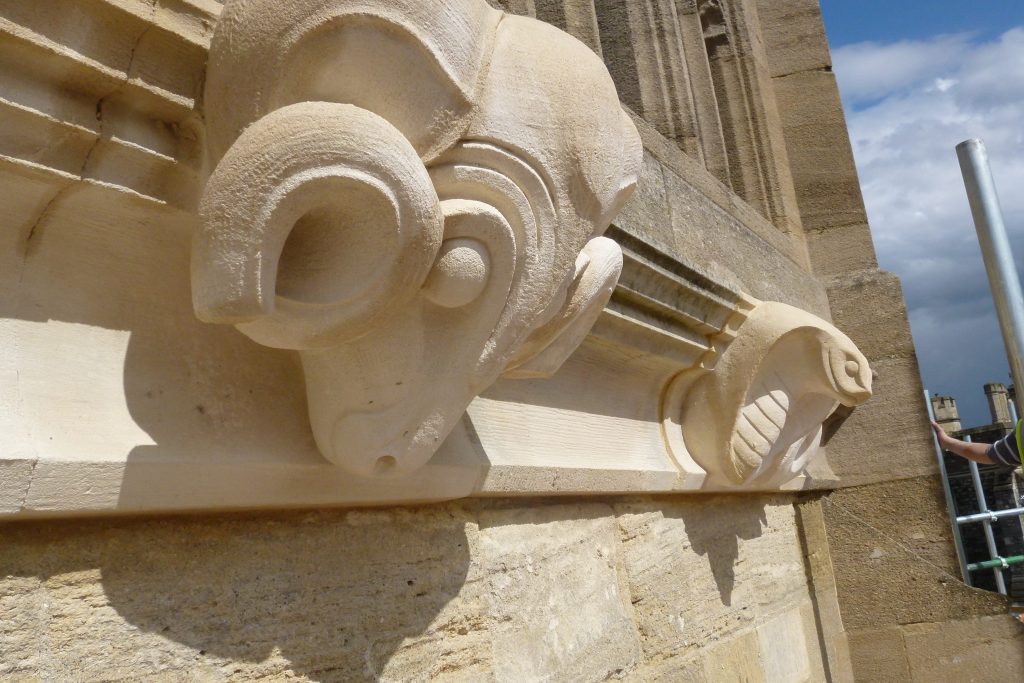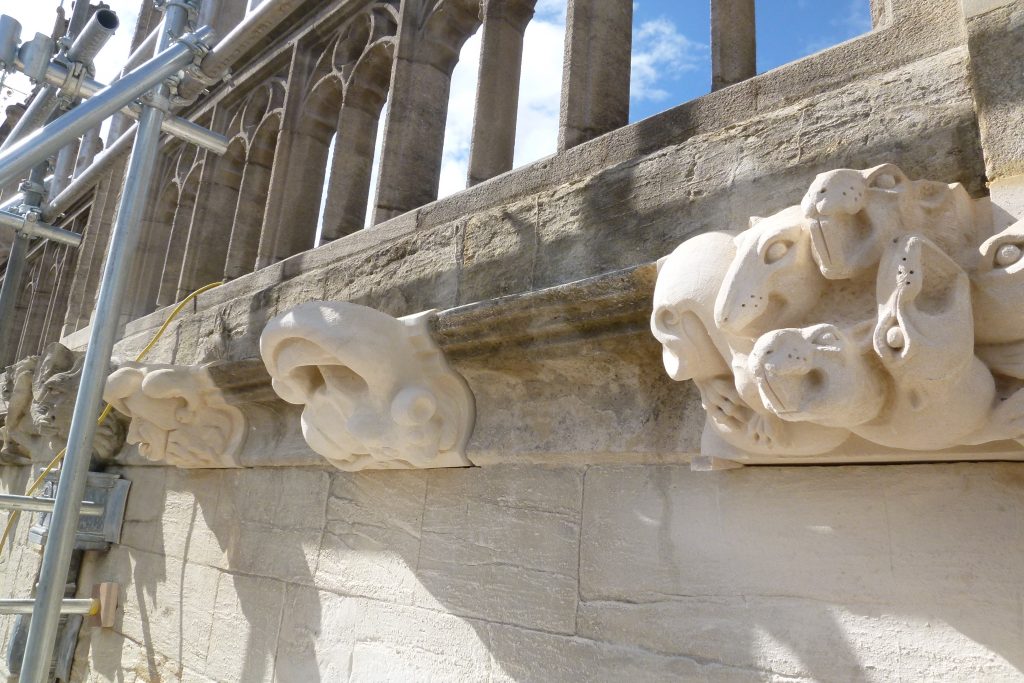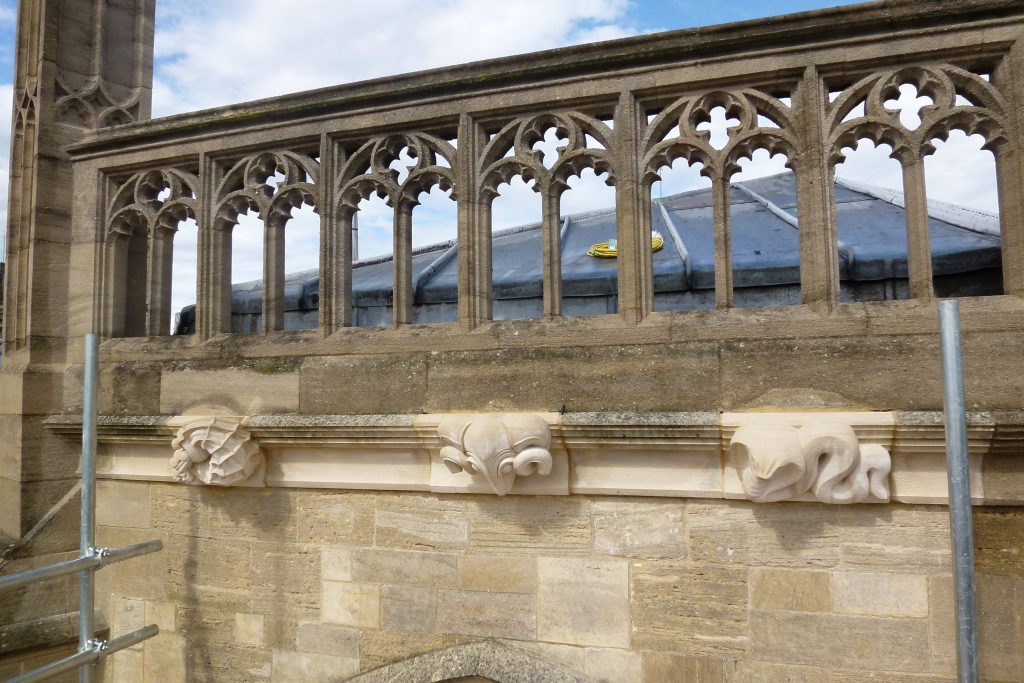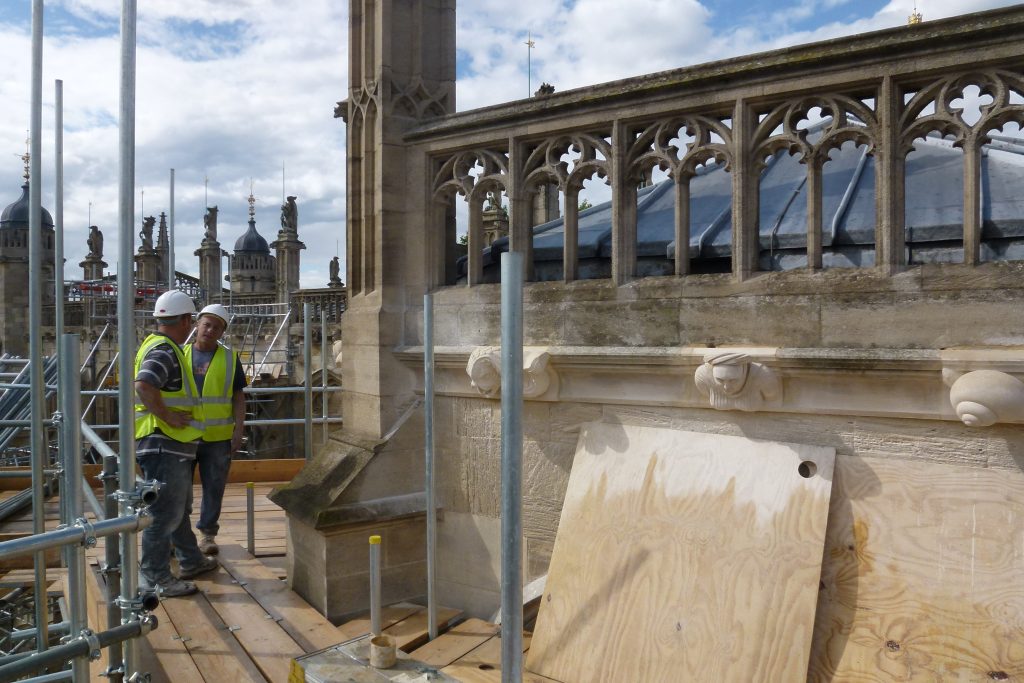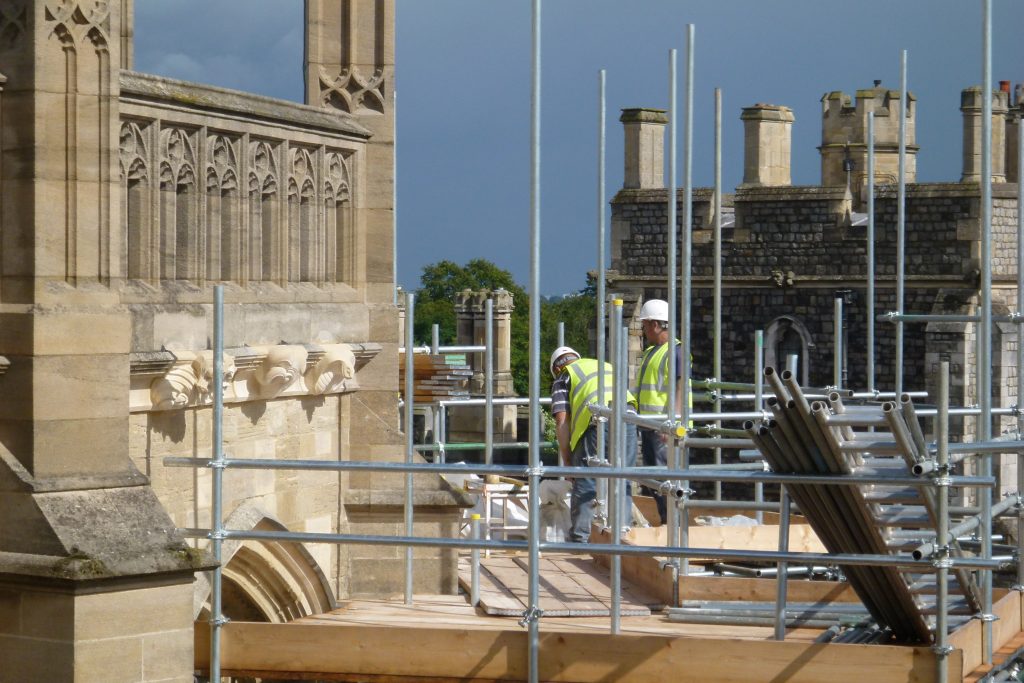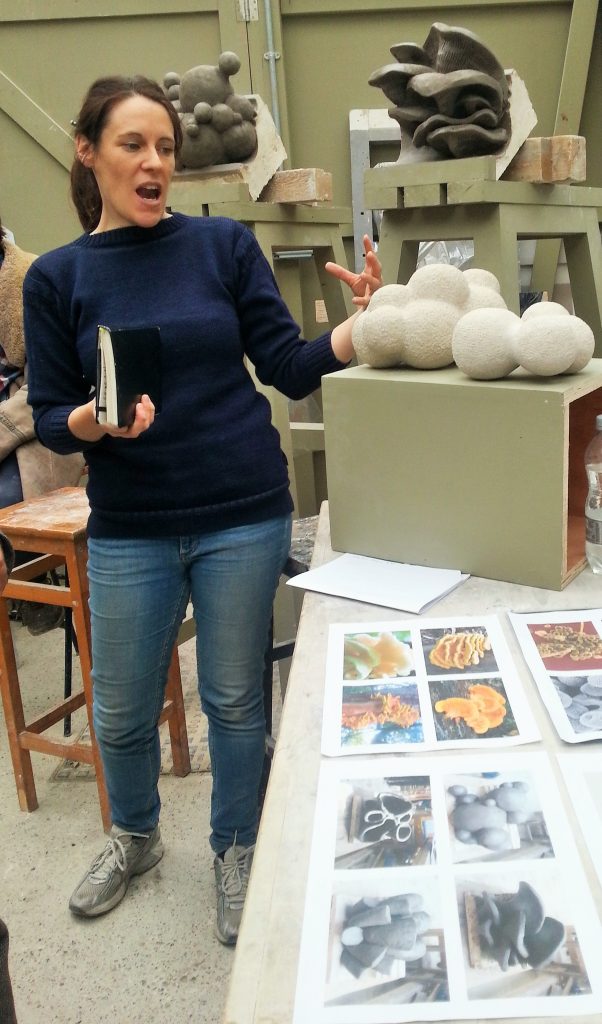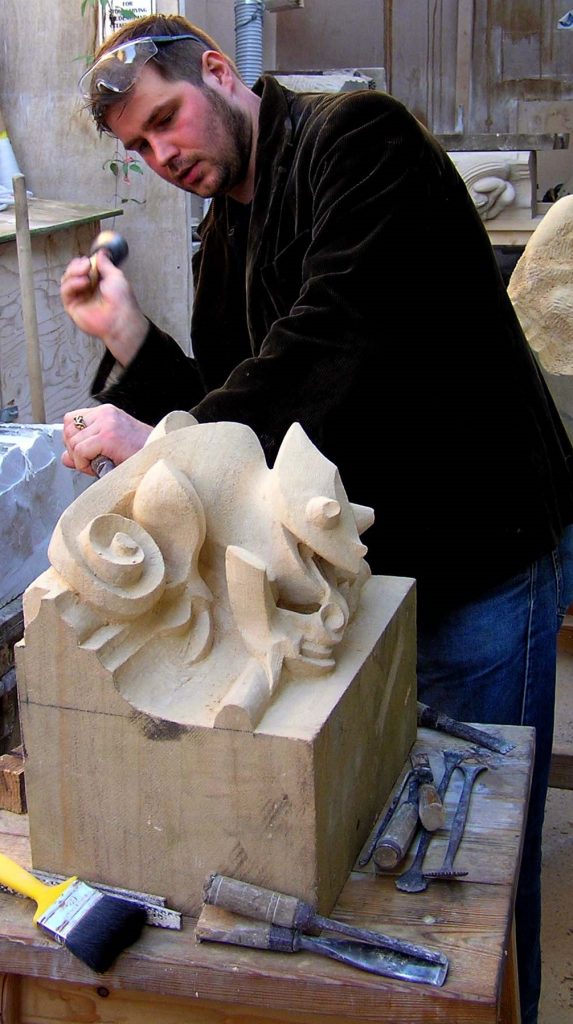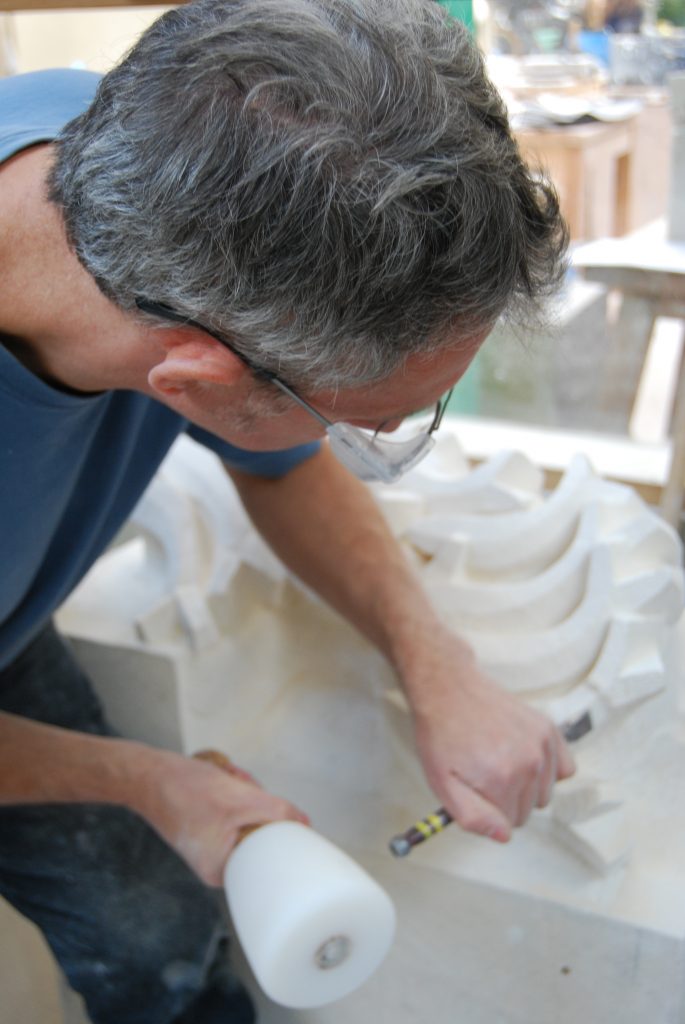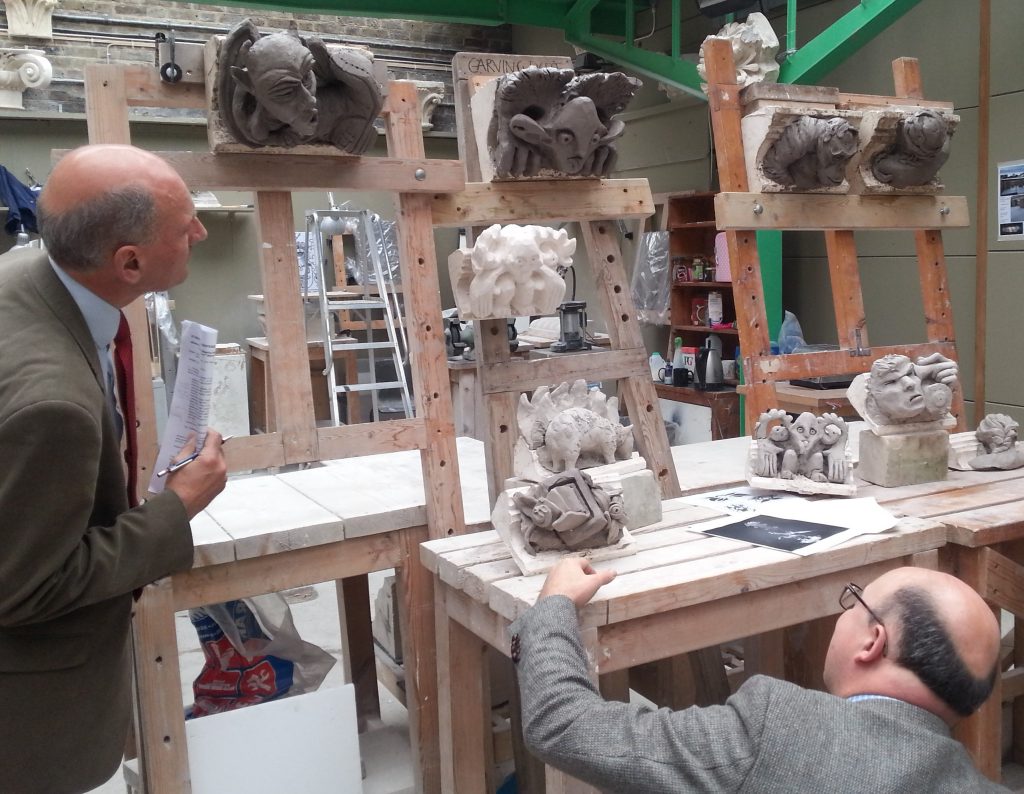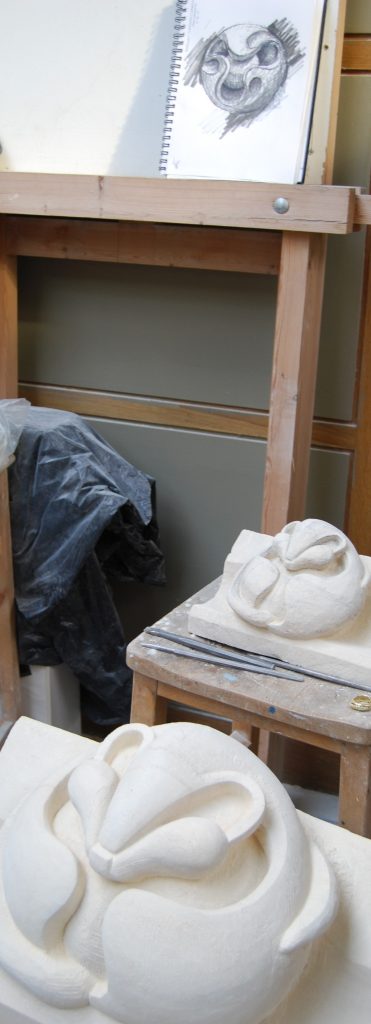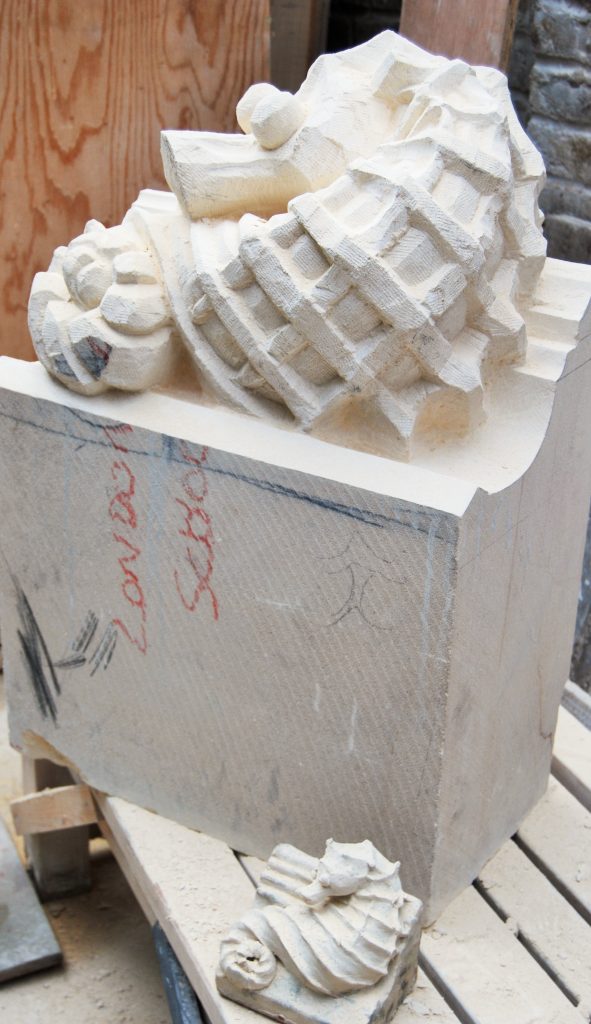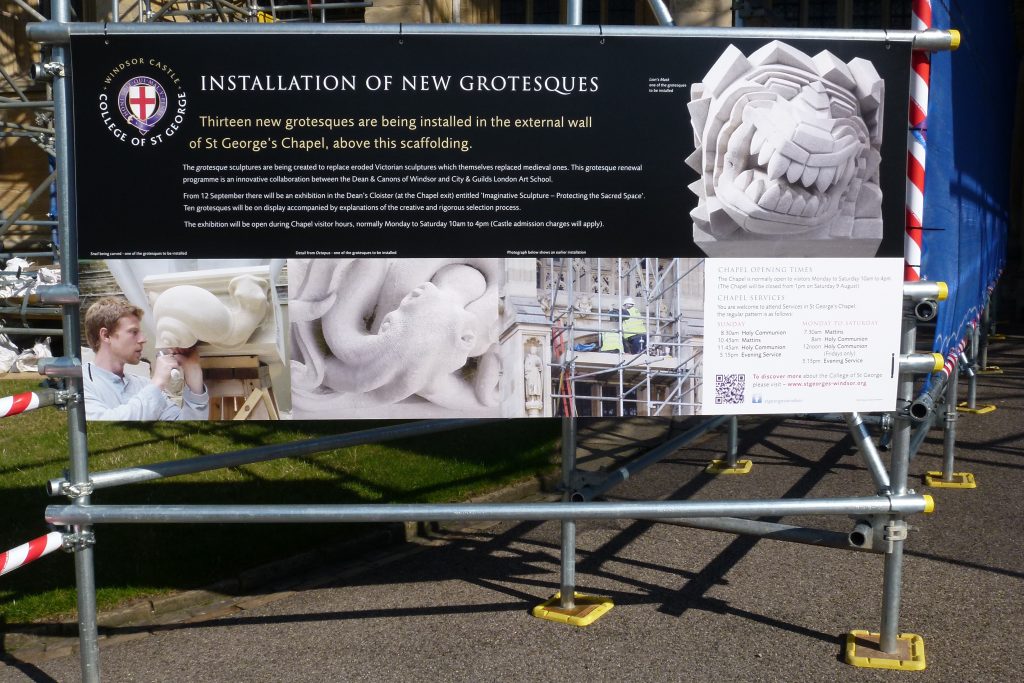Imaginative sculpture
The grotesque sculptures at St George’s Chapel, created by students at the City & Guilds of London Art School, are a showcase of contemporary imaginative stone carving and an excellent example of the Dean and Canons of Windsor’s far-sighted approach to their stewardship of this remarkable building. The programme has developed the imaginative and practical expertise of a new generation of craftspeople, ensuring the survival of traditional and exemplary techniques and skills.
St George’s Chapel was constructed between 1475 and 1528 but, rather than being simply preserved, as a working building continues to evolve under the ownership of the Dean and Canons of Windsor whose far-sighted stewardship embraces change and innovation.
Many of the Chapel’s grotesque sculptures had suffered from weathering due to their exposed positions. No medieval originals survived, and many Victorian replicas had themselves become badly damaged. In commissioning new sculptures the Dean and Canons initiated a programme that, rather than attempt to create copies of what are themselves copies, continues the chapel’s 650-year old decorative tradition though a programme of contemporary sculpture.
While the City & Guilds of London Art School students studied the chronology of medieval sculpture with the Chapel’s Fabric Advisory Committee, it was imbued into them that producing imitations of earlier work would not fulfil the brief. Instead the students were encouraged to create unmistakably contemporary pieces as spirited as the medieval originals whilst reflecting their own approach within the context the Chapel and the modern world. This approach was not without risk considering the status of the Queen’s Free Chapel within Windsor Castle, and it being both a Scheduled Ancient Monument and a Grade 1 Listed Building. However, freed from the constraints of historic designs, the students brought much of themselves and their diverse backgrounds to their work.
The medieval bestiary has given way to a 21st century menagerie that even includes a lab rat growing an artificial human ear. Recognisable beasts to medieval eyes, such as a lion or chameleon, are re-imagined, while nature has inspired gentler carvings such as a clutch of toadstools. All are executed with the same craftsmanship as their predecessors.
So far over forty new grotesques have been procured, which are installed as funding becomes available for ongoing phases of stone repairs. Thirteen sculptures were installed in 2014, and a sculpture fund supported by generous benefactors inspired by the programme allows the imaginative carving initiative to continue.



